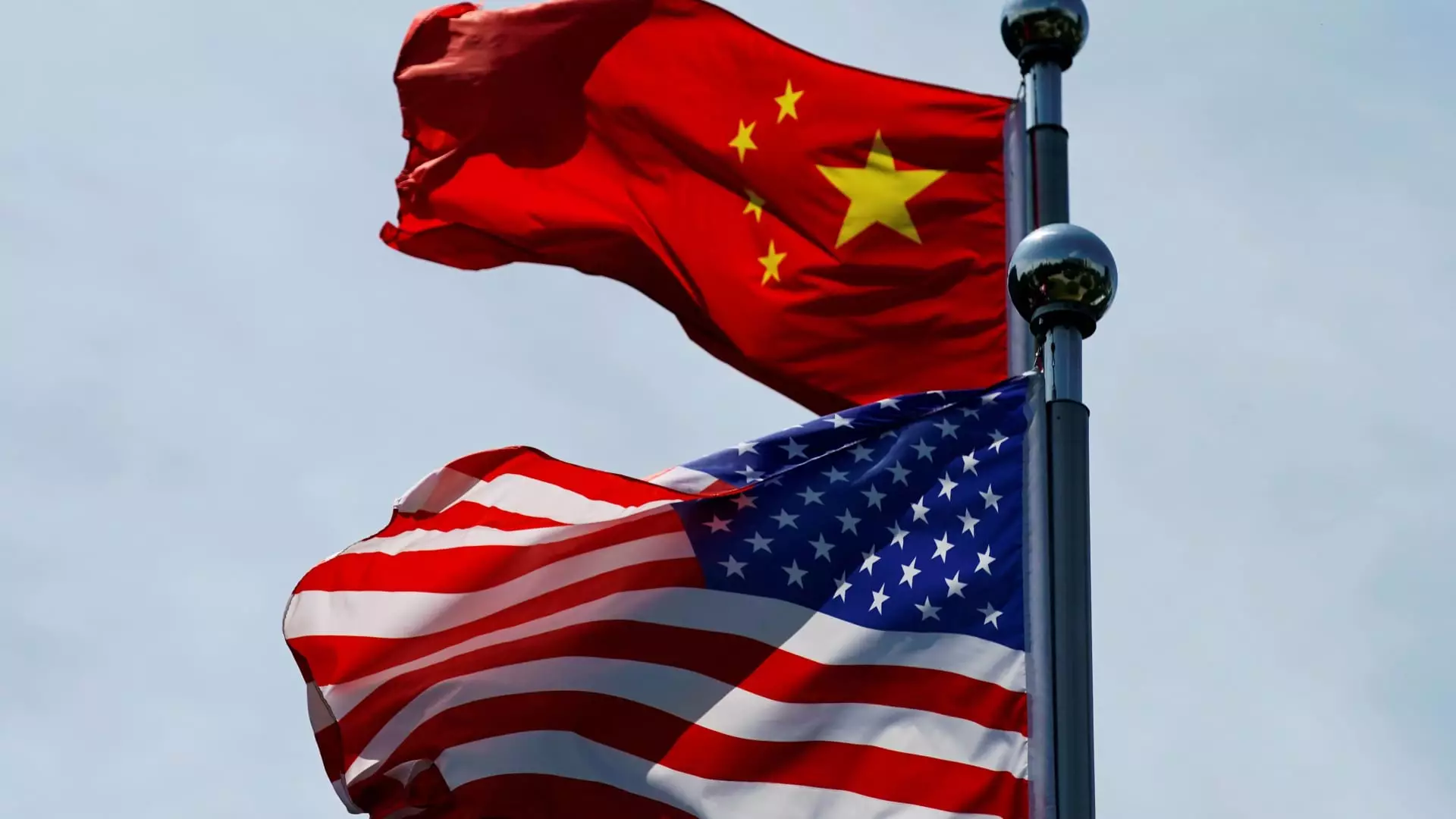In the realm of international trade, tariff impositions often resonate beyond mere economic numbers, stirring political tensions and altering diplomatic relations. President-elect Donald Trump’s recent announcement of increasing tariffs on Chinese goods is a pertinent case study illustrating how economic strategies intertwine with broader political narratives. His claim of a ten percent tariff hike on all Chinese imports, as articulated through social media, signifies a bold and contentious stance that can initiate ripples throughout the global marketplace.
Trump’s policy decision surfaces as a reaction to multifaceted issues, including illegal immigration and the illicit drug trade that he ties to Chinese manufacturers. By positioning himself against the influx of Fentanyl, a potent synthetic opioid believed to originate largely from China, Trump is not only framing his tariffs within the context of economic protectionism but also tapping into a narrative aimed at protecting American lives. The intertwining of trade policy with the opioid crisis underscores a profound tactic of redirecting responsibility through economic sanctions, elevating the tariffs as a necessary protective measure for American health and safety.
However, the effectiveness of such tariffs in genuinely addressing the drug crisis remains dubious. While Trump argues for tighter controls as leverage against China, historical precedent suggests that tariffs often lead to retaliation rather than resolution. This potential for escalation raises questions about whether these tariffs will indeed foster cooperation or merely deepen economic divides.
A notable shift in trade dynamics unfolds as Trump’s intended tariffs could potentially dismantle existing bilateral relations, particularly with Mexico and Canada — countries that are not only vital trading partners but also crucial players within the North American trading framework. The announcement of a 25 percent tariff on goods from these nations marks a significant departure from previous free trade agreements, indicating a more isolationist approach to trade.
Such tariffs risk invoking retaliation from North American neighbors who may respond with their own set of tariffs, further straining relations that are historically intertwined. The United States’ position as a dominant trading partner relies heavily on cooperative agreements, and Trump’s unilateral departure from these agreements could provoke adverse reactions that destabilize not just regional trade but also the overall economic climate.
From a market perspective, analysts suggest that tariffs lower than Trump’s earlier proposals might mitigate some immediate fears of economic fallout. However, Goldman Sachs’ strategist Kinger Lau reflects a cautious optimism, predicting that China may respond through a combination of fiscal stimulus and currency depreciation to buffer their economy against these new pressures. This projected strategy could create a ripple effect, impacting global currencies and could consequently influence the U.S. dollar’s standing on the international stage.
The fluctuating dollar strength against the Mexican peso and Canadian dollar indicates an immediate reaction to tariff announcements. Furthermore, China’s role as a primary U.S. trading partner complicates the scenario; the mutual dependency of the two economies could warrant a more strategic response rather than an outright confrontation.
As the January inauguration date looms, the ramifications of Trump’s tariff strategies extend beyond immediate trade relations into the realm of long-term geopolitical tensions. The notion of punitive tariffs targeting China isn’t merely an economic maneuver; it embodies Trump’s broader vision of American sovereignty in global trade. However, navigating between assertion and aggression will be critical. The landscape of international relations may experience significant upheaval as nations ponder their responses to such policies, balancing their own economic interests against emerging geopolitical narratives.
Trump’s tariff strategy presents a layered complexity, encapsulating pressing domestic issues while simultaneously risking global reciprocal actions. The unfolding scenario invites skepticism regarding the potential efficacy of these tariffs in achieving desired outcomes and underscores the fragile nature of international trade relationships in an era increasingly colored by nationalism and economic protectionism. As global dynamics shift, the world watches closely to determine the true cost of this tariff strategy on both economic and diplomatic fronts.

